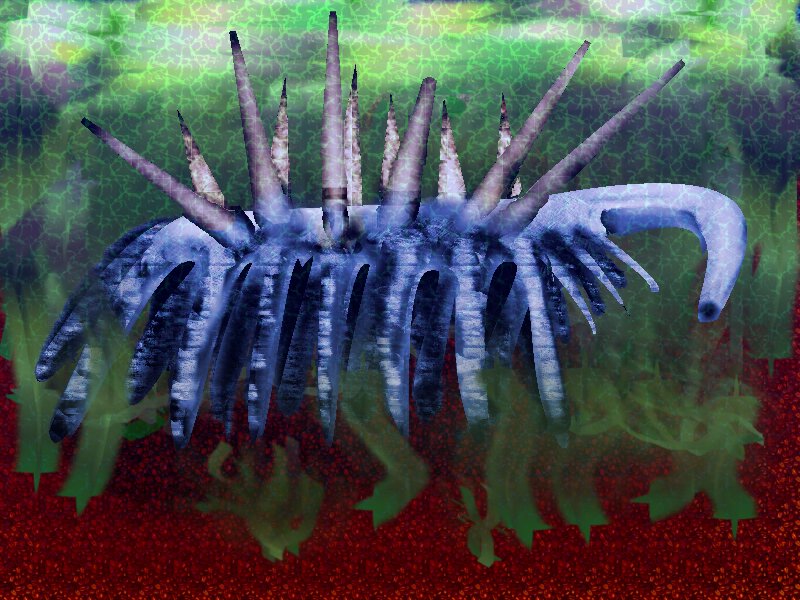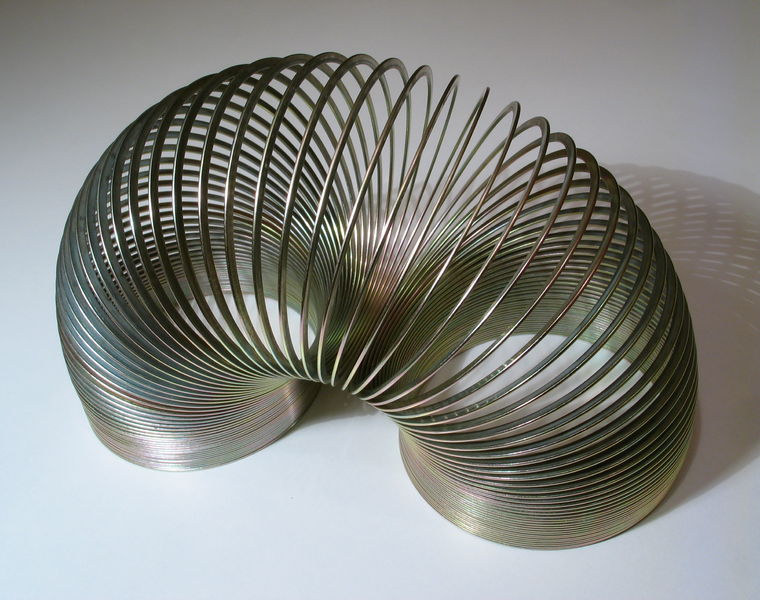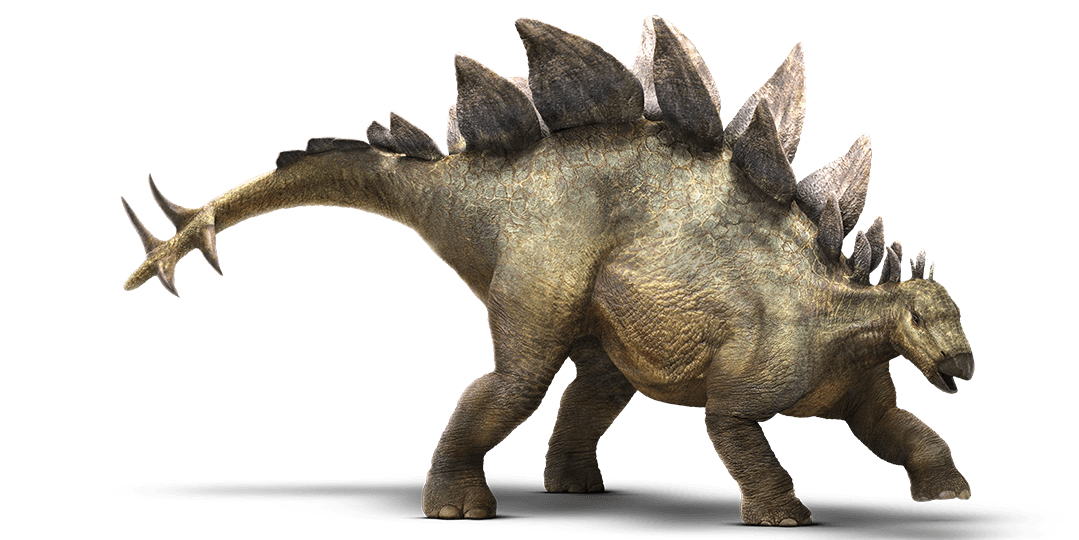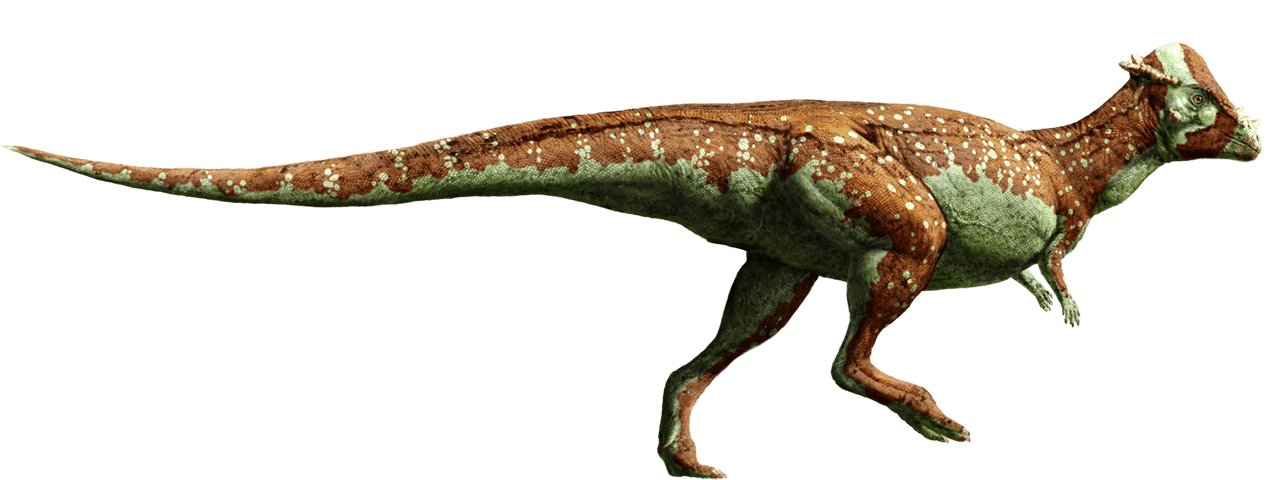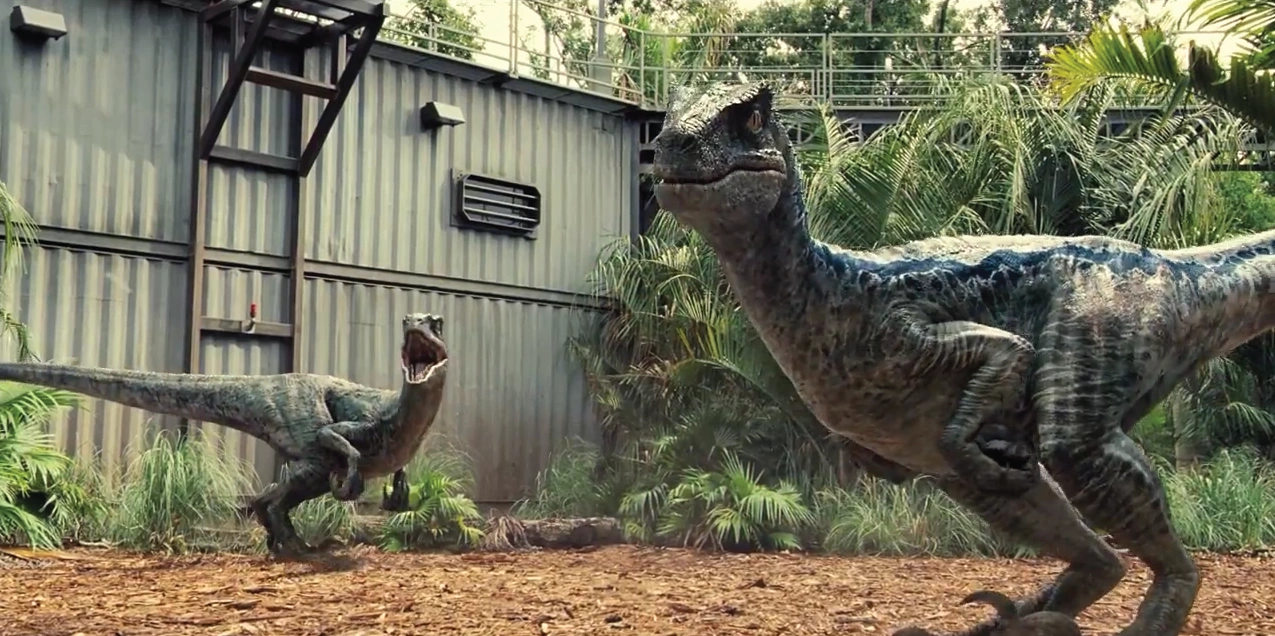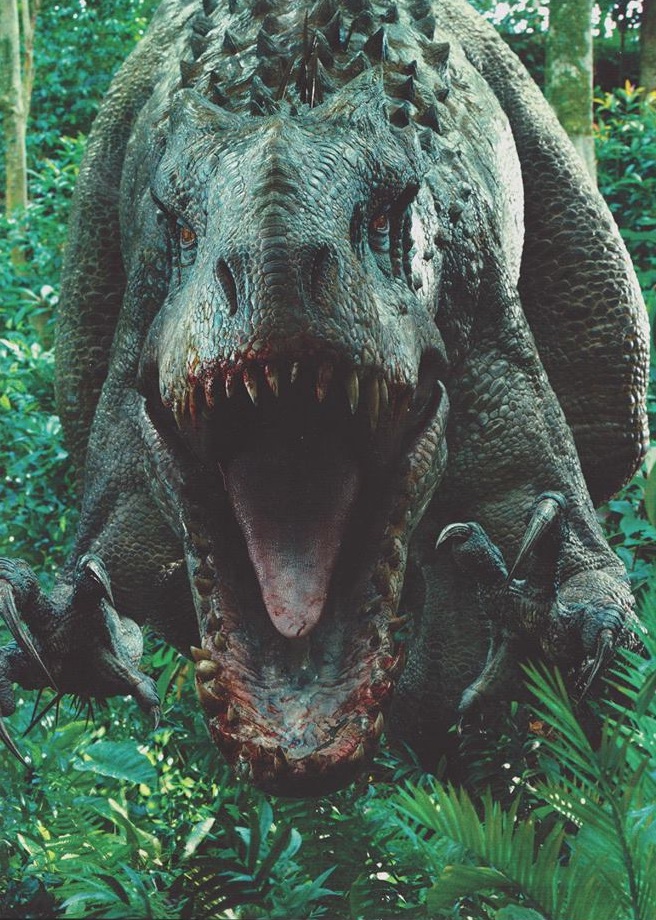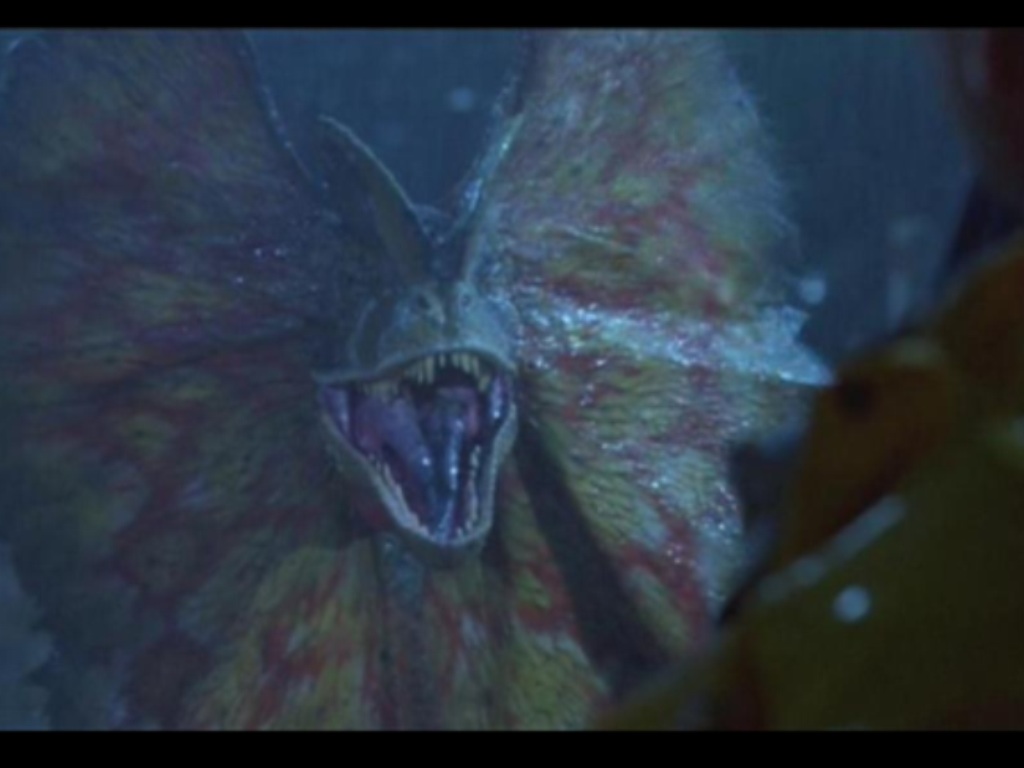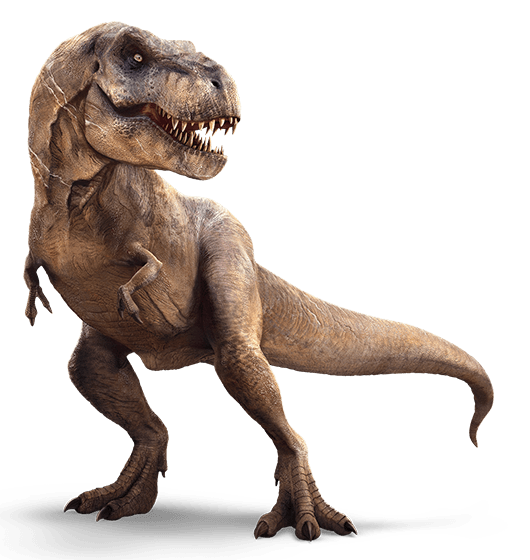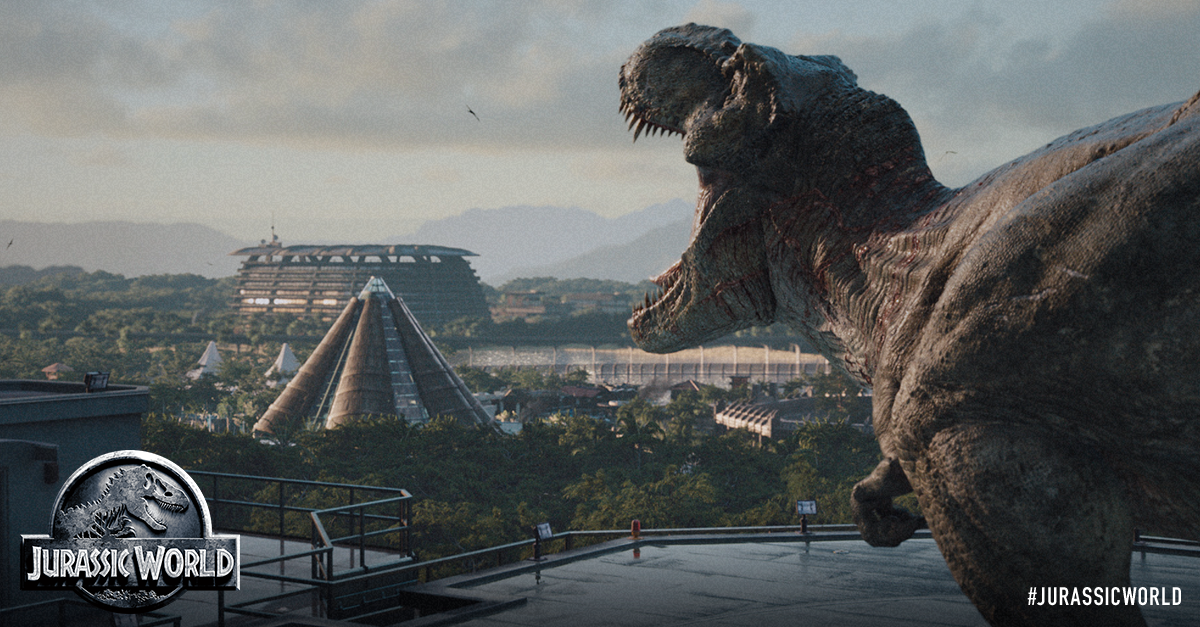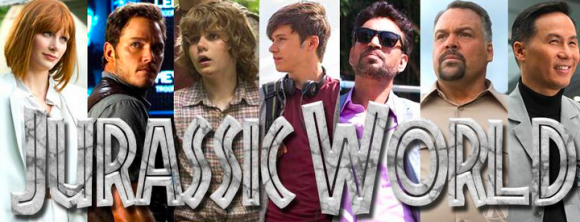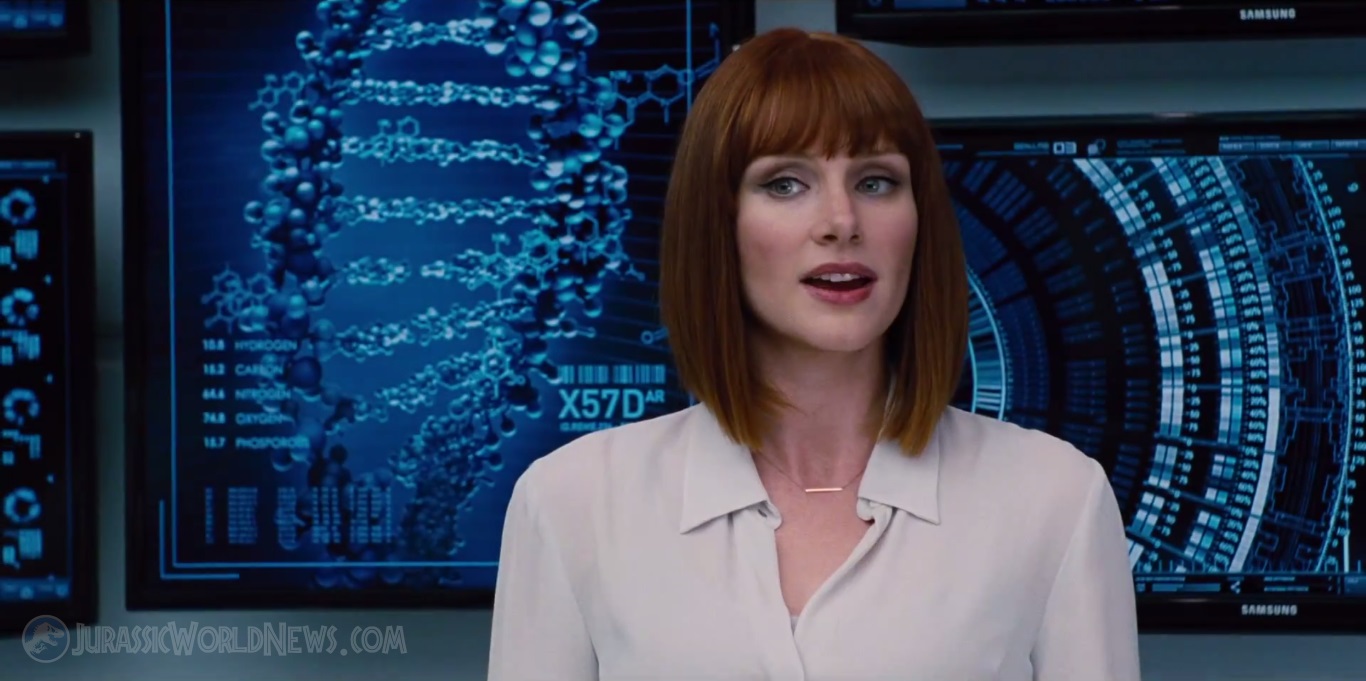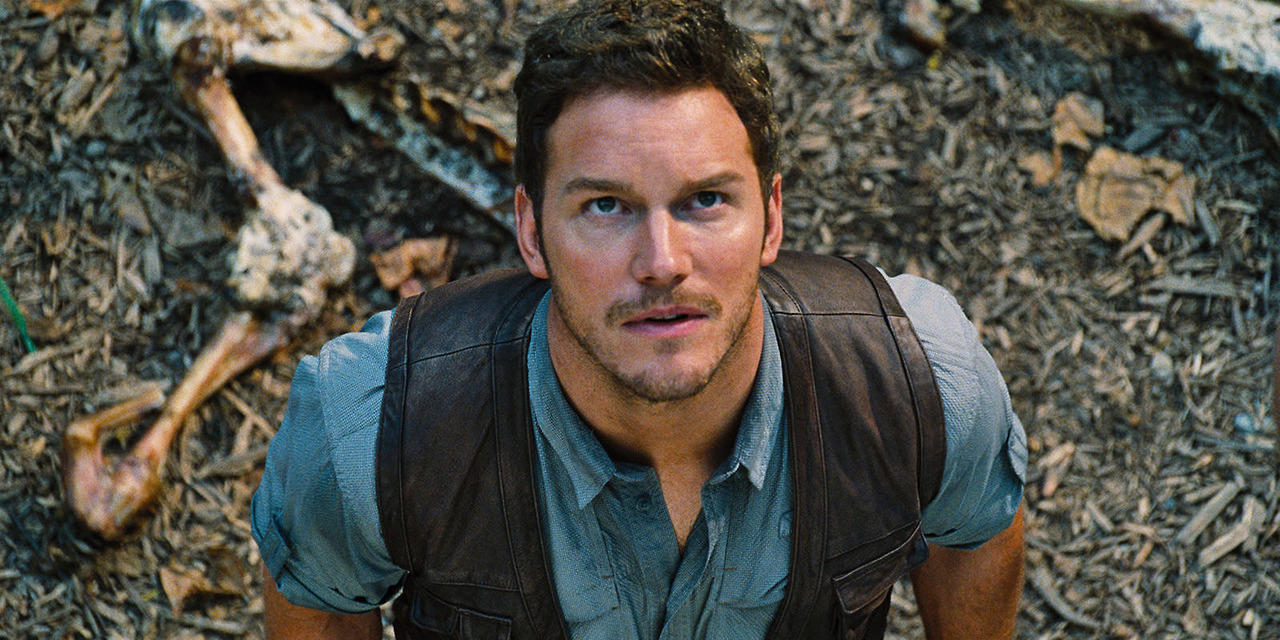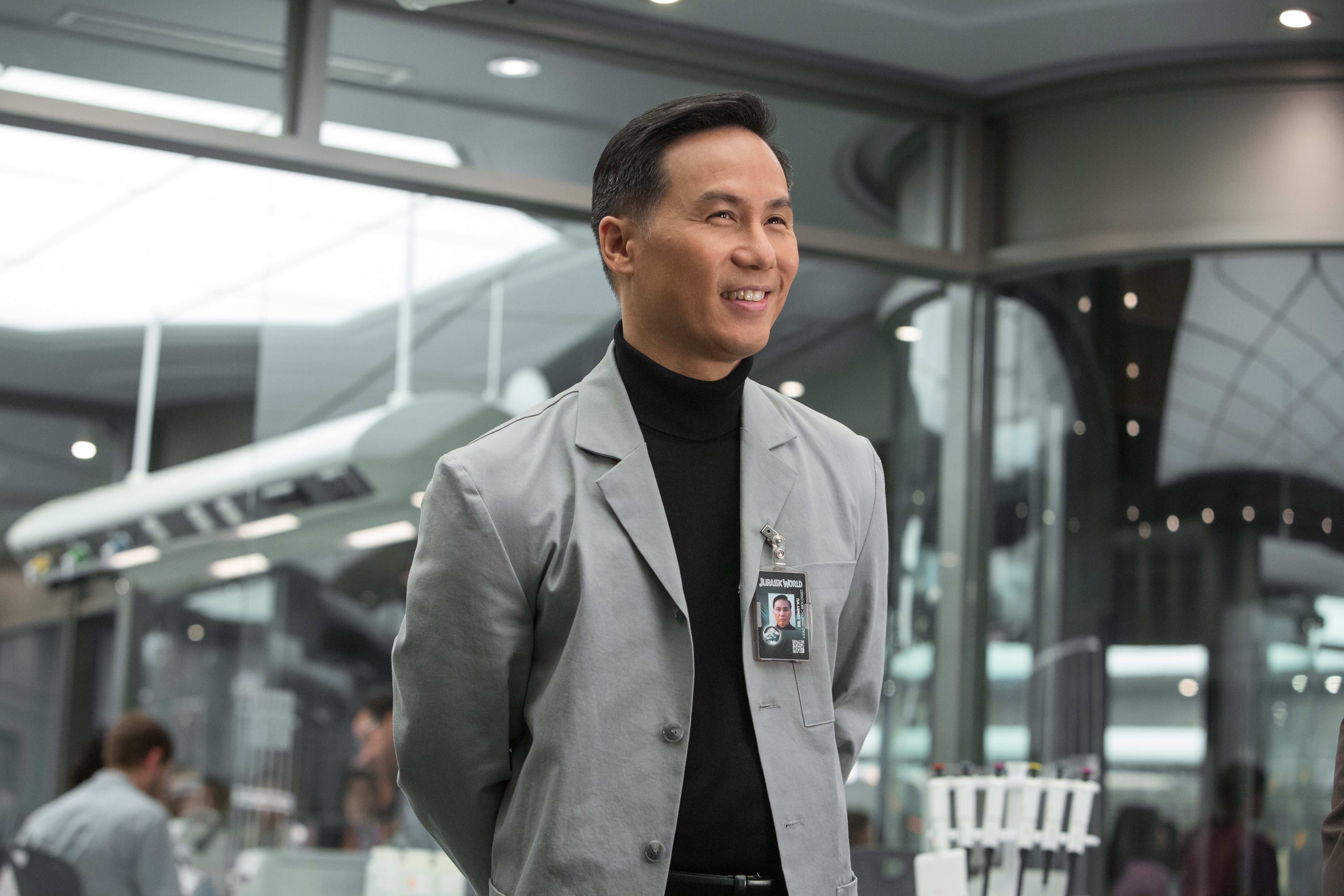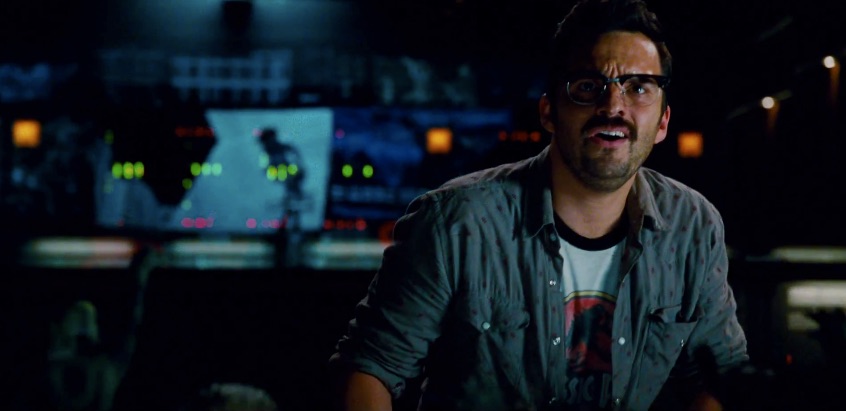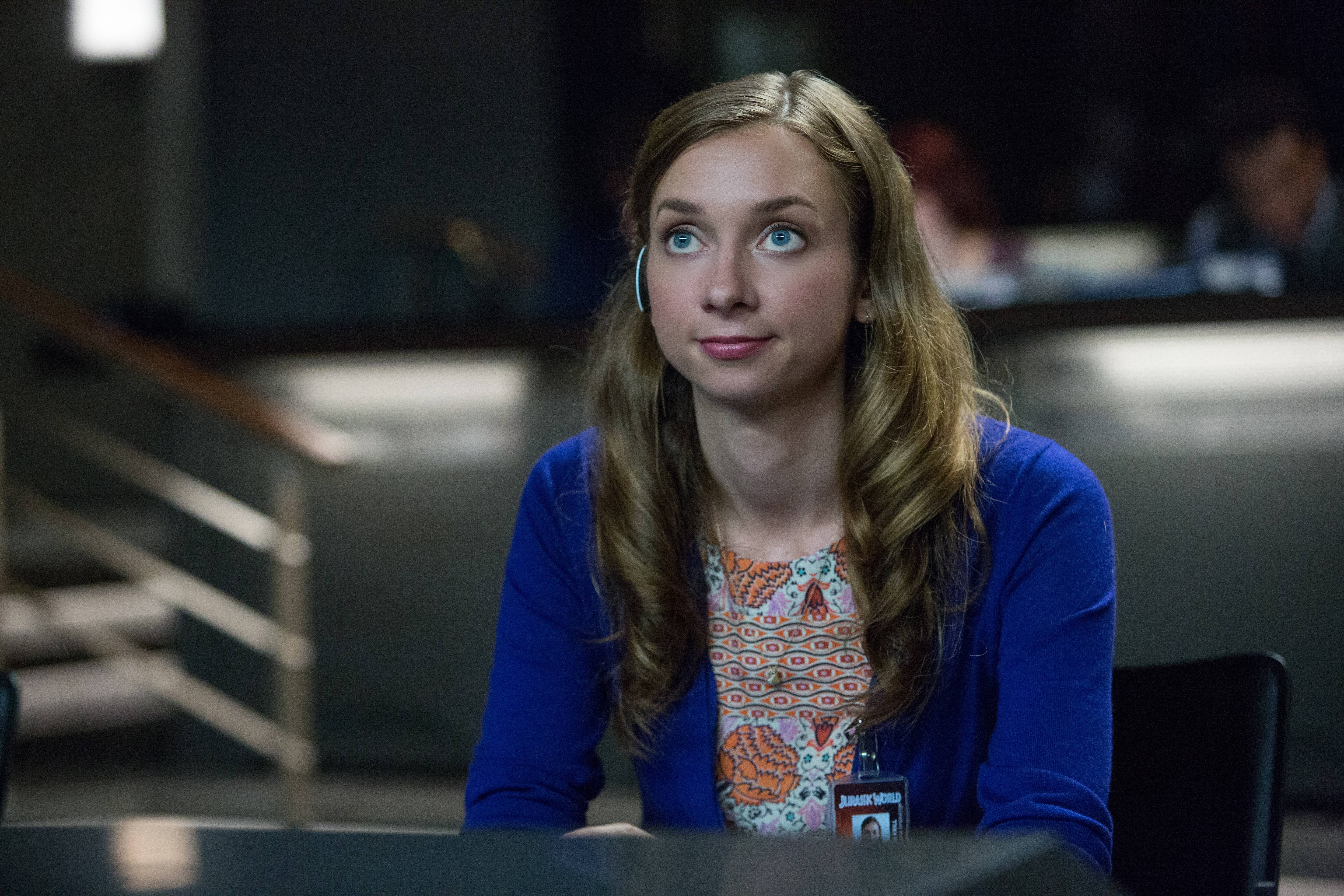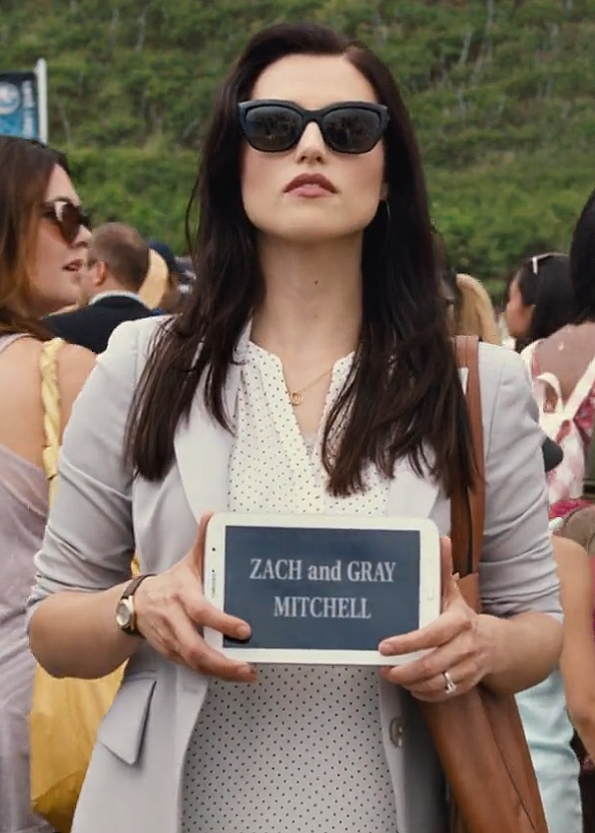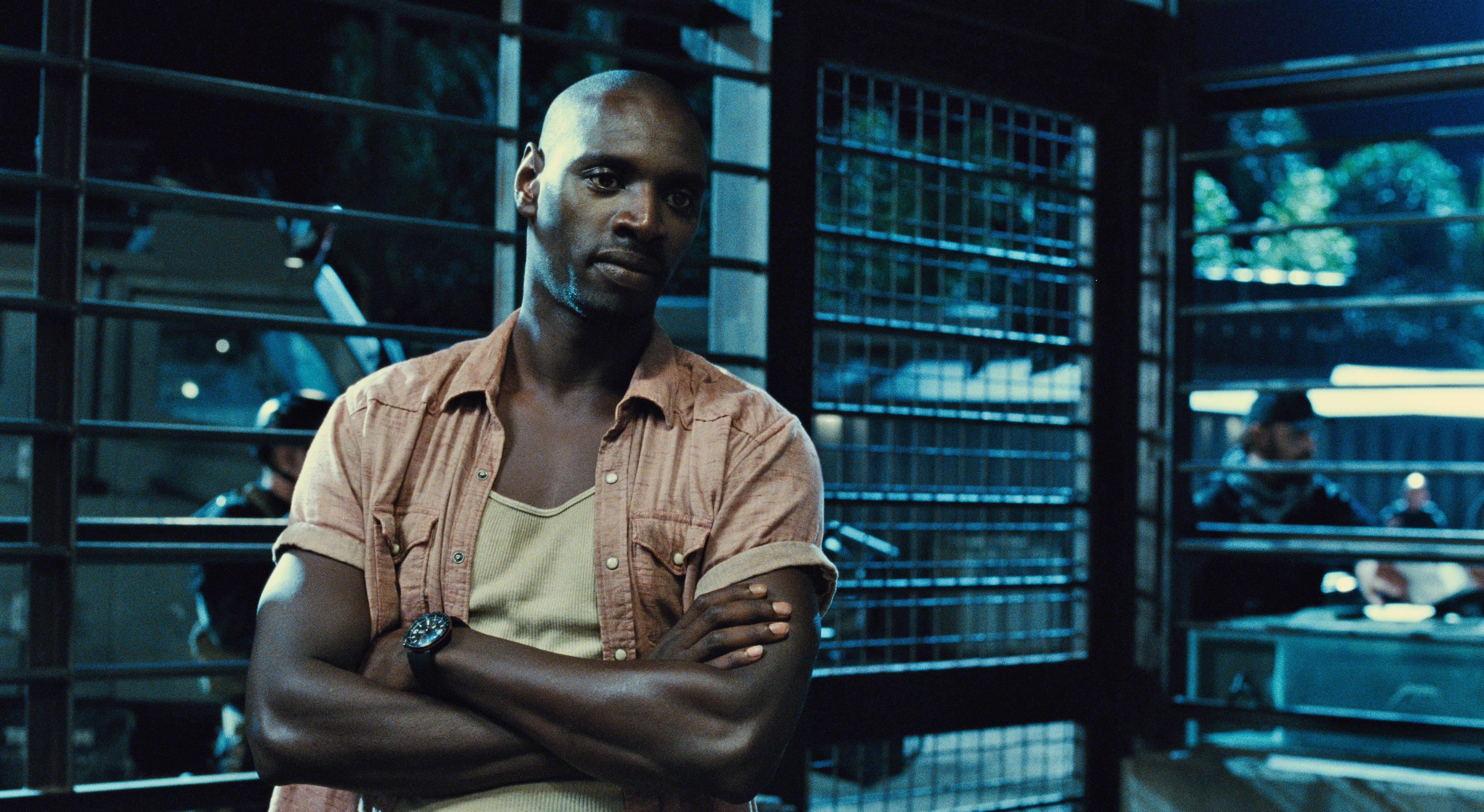Days till:
It is: 38 days till Labor Day
It is: 54 days till the first day of Autumn
It is: 117 days till The Good Dinosaur's theatrical release!
In the Spotlight:
Believe it or not, we're already beginning to get tidbits about what Jurassic World II is going to be like. Wired published an article not too long ago in which they interviewed Colin Trevorrow, director of Jurassic World, to see what information he was able to reveal about the sequel. In the interview, he said:
"[It will not be] just a bunch of dinosaurs chasing people on an island. That’ll get old real fast." - Colin TrevorrowWhile I do want the fifth Jurassic Park movie to feature either Isla Nublar or Isla Sorna (preferably the last one because we haven't seen it since Jurassic Park III), I'm not sure it would be a good idea to have the plot focus on one of the two islands. This has already been done twice. But since the fourth movie has been called Jurassic World rather than "Park", the movie-makers a free to carry the plot away from the island. In fact, Trevorrow even suggested that the plot would not take place in a theme park.
"I feel like the idea that this isn’t always going to be limited to theme parks, and there are applications for this science that reach far beyond entertainment. And when you look back at nuclear power and how that started, the first instinct was to weaponise it and later on we found it could be used for energy." - Colin TrevorrowWhat should we expect to see in this film? Again, Trevorrow provides us some potential answers.
"And this isn’t something necessarily that was in the book but is a seed that I wanted to plant in this movie, is that might be able to grow in more of these movies if they decide to make more of them, is: What if this went open source? It's almost like InGen is Mac, but what if PC gets their hands on it? What if there are 15 different entities around the world who can make a dinosaur?" - Trevorrow
"And Dr Wu says in the film, when he's warning Dr Mesrani [actually Masrani], 'we’re not always going to be the only ones who can make a dinosaur'. I think that’s an interesting idea that even if we don’t explore fully in this film, there is room for this universe to expand. I shouldn’t use the word universe, because people will think we’re making a Jurassic World universe -- we’re not."Of course, I have no clue what this sequel is going to be about. But Trevorrow's words definitely sound promising! Jurassic Parkfans have a lot to look forward to on June 22, 2018 when Jurassic World II is released!
Topic of the Week by Christian Ryan
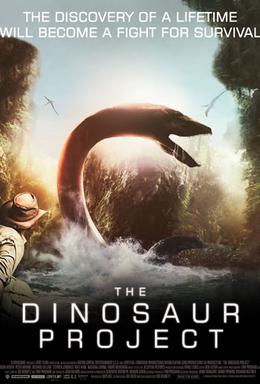 |
| A theatrical poster for The Dinosaur Project (PHOTO CREDITS) |
On the 1st of this month, my latest
Netflix movie came in the mail. It was entitled The Dinosaur Project. (I would have brought this up earlier, but I
was requested to write on another
topic as Easter approached) Now I heard about this movie in late 2012, so
naturally I was pretty excited to get it. This film is about an expedition made
by about eight people who take a journey to the heart of Africa’s jungles to
prove the existence of a large beast that might live there – Mokele-mbembe, “.
. . Africa’s Loch Ness Monster, but much more plausible,” as one of the film’s
characters puts it, which might be a living dinosaur or dinosaur-like animal.
The explorers going on this journey are: the leader, Jonathan Marchant, the
medic, Liz Draper, their sponsor organizer, Charlie Rutherford, their local
guide, Amara, who is skeptical on the existence of dinosaurs in the Congo.
These explorers are accompanied by a two person camera crew, Jonathan’s son,
15-year old Luke, who had stowed away to be on the expedition, and the
helicopter pilot. Once they arrive in Africa and start flying over the jungles,
everything goes on without a hitch . . . until they run into a huge flock of
what they call “birds” (but they aren’t birds, instead they are flying reptiles
called pterosaurs). These “birds”
swarm the chopper and cause it to tumble down into the jungle below. Now the
group is trapped in the jungle. As the group struggles to survive, it turns out
that the dinosaurs living in these jungles are weirder than ever, certain
people in the group aren’t what they seem, and there’s more than dinosaurs to
worry about out there! The interesting thing about this movie was that it was
filmed from the perspective of “lost and found” footage of an ill-fated
expedition. So many of the shots in the movie are shot from small cameras that
are stuck on shirts or backpacks and others are from the camera that the camera
crew has. Now here’s my take on this movie: I found the film to adventurous and
thrilling. But if you decide to watch it, please note that despite the picture
on many of the film’s theatrical posters, there is no T. rex in it. In fact,
there aren’t very many of the dinosaurs the general public is familiar with. I
have a list of the creatures in the film (in order of appearance):
- Giant “Birds”: (actually a pterosaur called Pteranodon)
 |
| Pteranodon |
- Unidentified Bat-Like Reptiles: these strange reptiles also go unidentified. Their bodies and wings resemble that of a bat or pterosaur, but their heads look more like a giant weasel. In the film, these creatures hunt in packs and despite being able to fly, they prefer running and don’t hunt over water...
- Unidentified Dinosaurs (“Cryptosaurus”): while these animals are carnivorous, the babies are rather docile, even friendly, toward humans. The younger ones love to play in the water. The neck frill is used to scare away potential predators and if the babies like you, they might “spit” a special liquid on you so their parents won’t see you as food. At first I thought they were ornithopods, but ornithopods probably weren’t as home in the water as much as the dinosaurs in the film and they didn’t have neck frills. The ornithopods I had in mind (such as Leaellynasaurua and Hypsilophodon) weren’t as large as the adults in the movie. This species was probably made up by the movie-makers and so for the sake of names, I have dubbed it “Cryptosaurus”, meaning “Secretive Lizard”.
 |
| A few of the film's characters trying to attach a camera to "Crypto" (PHOTO CREDITS) |
- “Mokele-Mbembe”: this large reptile is one of the few animals that actually gets identified in the movie. It has a long neck and is a plesiosaur, probably of the genus “Elasmosaurus”. While the one spotted in the movie can stick its neck high out of the water, real plesiosaurs couldn’t do this. Also, in reality, some scientists actually think that mokele-mbembe, if it exists, is a sauropod or long-necked dinosaur.
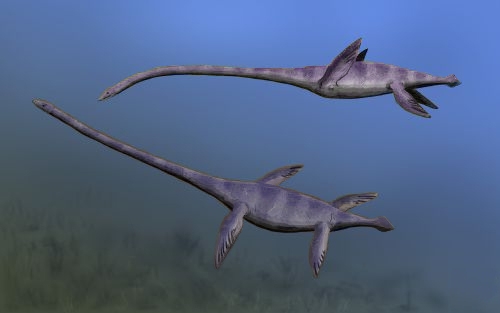 |
| A pair of Elasmosaurus |
- Unidentified Water Reptile: while on a river, the group is attacked by an unidentified water reptile. The creature isn’t seen from a very good angle, so I can’t really say what it is. All I know is that it has a mouth full of teeth and a bad attitude! During the beginning of the film, it is said that plesiosaurs like mokele-mbembe were often found near pliosaurs, large plesiosaurs with short necks. So maybe this Unidentified Water Reptile is a giant pliosaur such as Liopleurodon.
 |
| Liopleurodon |
As for the movie itself, there are great actors and the creatures are very realistic. I enjoyed the movie, but I only wish that it were a bit longer (it’s roughly 1 ½ hours long), had more dinosaur scenes with more identifiable dinosaur species and a more conclusive ending. Yes, the ending was a little abrupt. It is also unclear at times if some characters have died or simply disappeared and might still be alive. I found out after I got the movie that it was rated PG-13, but considering the rating, it was very mild for a PG-13 movie. As far as I could tell, there was no “sexual references”, only a few “choisy” words (the only ones I remember are maybe two or three barely audible, "Oh my G*d!" and maybe two da*ns) and not at all gory. Also, a BIG surprise for a dinosaur movie, there weren't many mentions of evolution and millions of years (maybe only a few times). The only blood I saw was just the scares that the characters had, and while they looked realistic, they weren’t gory either. If you consider watching this movie, I’d recommend parents should watch it first before letting their young ones watch it because some of the creatures might scare some kids. Overall though, while this is no “Jurassic Park” substitute, it was still a great enjoyable movie, and I’d recommend it to all dino-lovers!
Disclaimer: Many (or in some cases all) of the photographs and images above are not mine. If you own one or more of them and would like them to be removed, politely let me know via one or both of the email addresses above.


